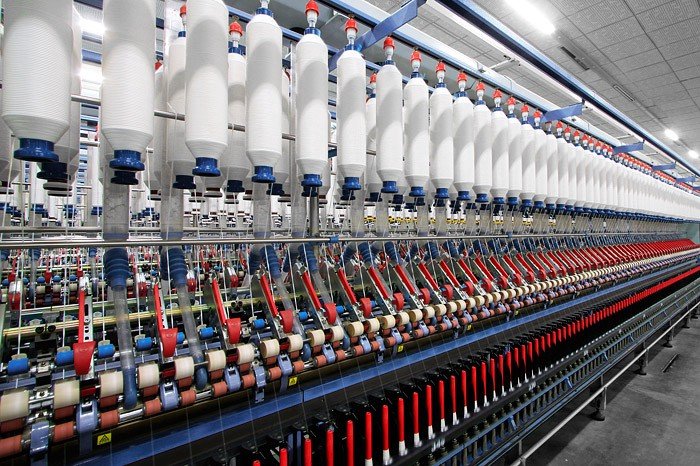APTMA organized an orientation session on Monday for Ecommerce

Chief Executive Officer (CEO) MindWhiz Mr. Shah Hassan made a detailed presentation to the APTMA members on how to utilize international e-commerce platforms to increase exports. Vice Chairman APTMA Mr. Asad Shafi and Secretary General Mr. Raza Baqir were also present on the occasion.
Mr. Shah Hassan said the global market volume of Amazon, a leading e-commerce platform, is over $600 billion and China is top global exporter in the world through e-commerce.
He said Pakistan is ranked as third topmost country with highest number of sellers after USA and China and major exports of Pakistan that contribute to e-commerce include textiles, leather, and sports goods, chemicals, carpets, and rugs.
Read also
Is Pakistan really suffering from global economic slowdown or something else?
According to him, Amazon number one seller is also from Pakistan which generated $650 million revenue in 2022. He said there is enormous scope for textile exports from Pakistan in the fields of hosiery, bedding and bath, apparel, sports and outdoors and kitchen and dining items.
He also informed the audience that there is a huge potential to grow for brands on e-commerce platforms and explained selling strategies on these platforms. He said the ultimate goal of e-commerce platforms is to build up brands in terms of sales, customer satisfaction, and overall performance. Sellers can achiever 46% profit margin by selling their products through e-commerce, he added.
Speaking on the occasion, Vice Chairman APTMA Mr. Asad Shafi said Pakistan can increase its exports by $6 billion per annum in case it avails one percent of the global market volume of $600 billion at Amazon. He said the Patron-in-Chief APTMA Gohar Ejaz has envisioned utilizing surplus yarn and fabric valuing about $3 billion in local production of garments and other value added textile products by establishing 1000 garment units each costing $7 million and giving employment to 700 workers.
He continued that this new addition of stitching units will have the potential to provide employment to around one million people and additional exports of $210 billion heaving no need to beg all around the world for additional foreign exchange.
Asad said that the stitching revolution coupled with normal BMR and expansion will uplift total textile exports to $50 billion in the next five years
According to him, the purpose of the orientation session was to identify supply chain issues, logistic challenges and the goal of customer satisfaction while promoting e-commerce in the textile industry of Pakistan to maximize Pakistan’s share to the global textile exports.



